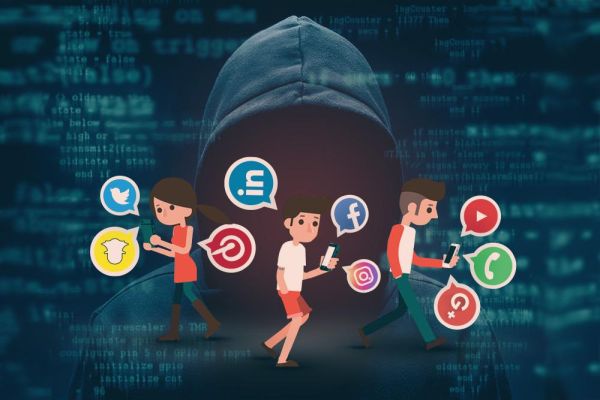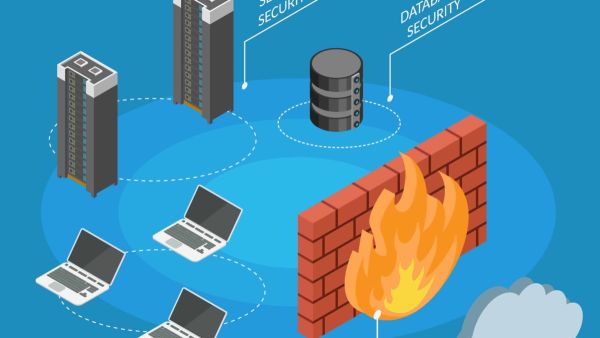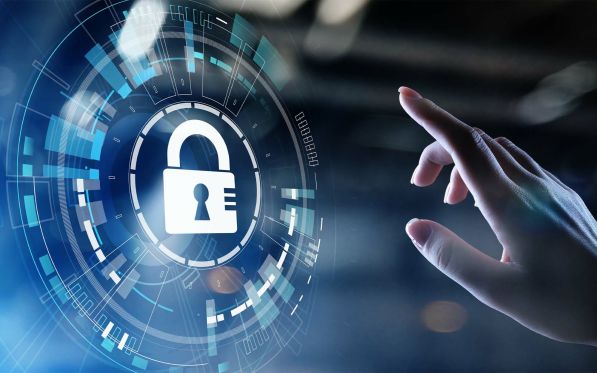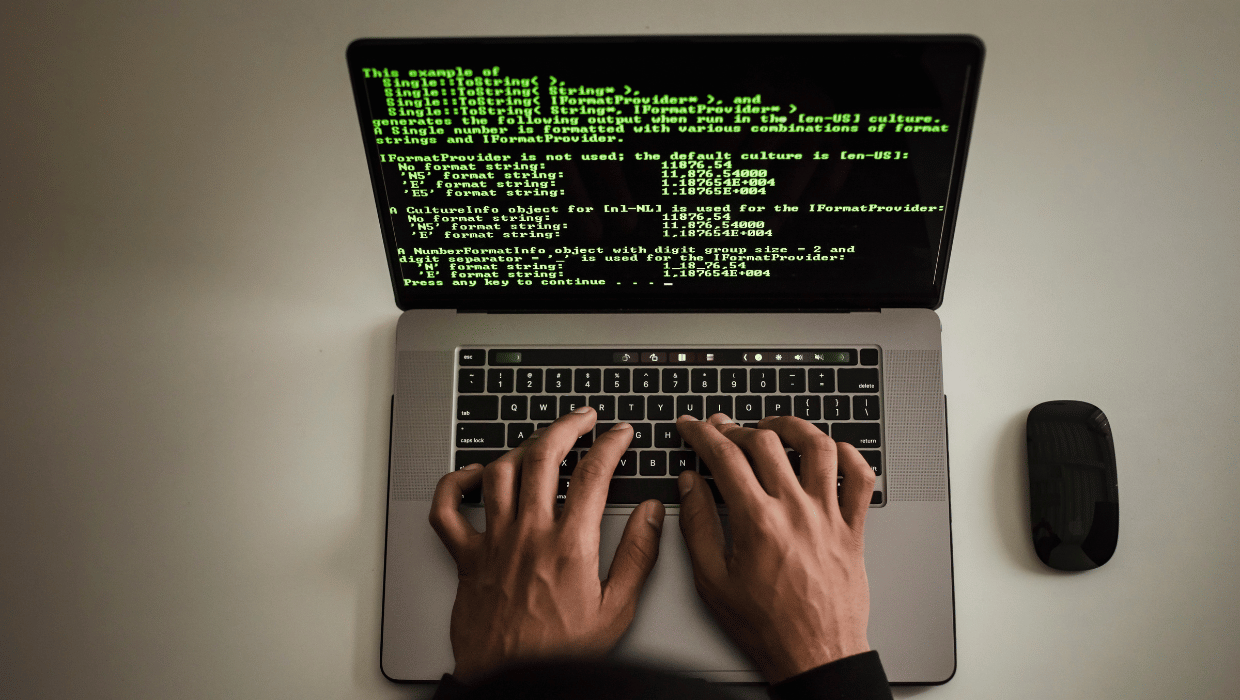Introduction
Social media has become a crucial part of both our personal and professional lives. It enables us to stay in touch with friends, share our updates, network with colleagues, and even run businesses. The widespread use of social media also introduces major cybersecurity threats, ranging from identity theft to phishing scams, which can have severe impacts. This blog is dedicated to offering thorough strategies to help you avoid these cybersecurity risks on social media.
Understanding the Cybersecurity Risks on social media
Before diving into preventive measures, it’s important to understand the types of cybersecurity risks prevalent on social media platforms:

1. Phishing Attacks – Phishing involves fraudulent attempts to obtain sensitive information such as usernames, passwords, and credit card details by disguising as a trustworthy entity. On social media, phishing can occur through direct messages, comments, or even sponsored ads.
2. Malware Distribution – Cybercriminals often use social media to spread malware, which can be embedded in links, images, or attachments. Once clicked or downloaded, this malware can compromise your device and data.
3. Identity Theft – Personal information shared on social media can be harvested by attackers to create fake profiles or gain unauthorized access to other accounts.
4. Privacy Invasion – Inadequate privacy settings can expose your personal information to the public or malicious actors who can misuse it.
5. Social Engineering Attackers can manipulate individuals into divulging confidential information through social manipulation tactics, often exploiting human psychology rather than technical vulnerabilities.
6. Account Hijacking – Weak or reused passwords can lead to account hijacking, where cybercriminals gain control of your social media accounts and misuse them for malicious activities.
Best Practices to Avoid Cybersecurity Risks
To protect yourself from these risks, adopting a proactive approach towards cybersecurity on social media is crucial.
Here are some effective strategies:
1. Use Strong, Unique Passwords – One of the most basic yet essential steps in securing your social media accounts is to use strong, unique passwords for each platform. A strong password typically includes a mix of upper and lower case letters, numbers, and special characters. Avoid using easily guessable information such as birthdays or common words.
2. Password Management Tools – Consider using password management tools like LastPass, 1Password, or Dashlane to generate and store complex passwords securely.
3. Enable Two-Factor Authentication (2FA) – Two-factor authentication adds an extra layer of security by requiring a second form of verification, such as a code sent to your mobile device, in addition to your password. Most social media platforms offer 2FA options in their security settings.
4. Be Cautious with Links and Downloads – Avoid clicking on suspicious links or downloading attachments from unknown or unverified sources. Cybercriminals often use enticing headlines or offers to lure victims into clicking malicious links.

5. Review and Adjust Privacy Settings – Regularly review the privacy settings of your social media accounts to control who can see your posts, personal information, and contact details. Most platforms allow you to customize your settings to ensure only trusted individuals have access to your information.
6. Be Wary of Friend Requests and Messages from Strangers – Accepting friend requests or engaging with messages from strangers can expose you to phishing attacks and other risks. Verify the identity of unknown contacts before accepting their requests or responding to their messages.
7. Educate Yourself on Phishing Scams – Stay informed about common phishing tactics and how to recognize them. Look for red flags such as poor grammar, urgent requests for personal information, or unfamiliar links.
8. Limit Sharing of Personal Information – Be mindful of the information you share on social media. Avoid posting sensitive details like your address, phone number, or financial information, which can be used by cybercriminals for identity theft or other malicious purposes.
9. Keep Your Software Updated – Regularly update your operating system, browsers, and apps to protect against the latest security vulnerabilities. Enable automatic updates to ensure you don’t miss critical patches.
10. Monitor Your Accounts Regularly – Regularly check your social media accounts for any suspicious activity, such as unfamiliar logins, posts, or messages. Report any unauthorized access or activity to the platform’s support team immediately.
11. Use Secure Networks – Avoid accessing your social media accounts over public Wi-Fi networks, which are often unsecured and can be exploited by cybercriminals. Use a virtual private network (VPN) if you need to access your accounts while on a public network.
12. Be Careful with Third-Party Apps – Limit the use of third-party applications that require access to your social media accounts. Only authorize reputable apps and regularly review and revoke permissions for apps you no longer use.
13. Implement Security Questions Wisely – Choose security questions and answers that are difficult for others to guess or find on your social media profiles. Avoid using information that can be easily discovered through a simple search.
14. Backup Your Data – Regularly backup your social media data to ensure you have copies of important information in case your account is compromised. Many platforms offer options to download your data periodically.

Dealing with Cybersecurity Incidents
Despite your best efforts, you may still encounter cybersecurity issues on social media.
Here’s what to do if you suspect your account has been compromised:
1. Change Your Passwords Immediately – If you suspect unauthorized access, change your passwords immediately. Ensure the new passwords are strong and unique.
2. Enable Two-Factor Authentication – If not already enabled, activate two-factor authentication to add an extra layer of security to your accounts.
3. Notify the Platform – Report the suspicious activity to the social media platform’s support team. They can help you secure your account and investigate the incident.
4. Inform Your Contacts – Notify your contacts if you believe your account has been used to send spam or phishing messages. This can prevent them from falling victim to the same attack.
5. Scan Your Device for Malware – Run a comprehensive antivirus scan to detect and remove any malware that may have been installed on your device.
6. Review Account Activity – Check your account’s login history and activity logs for any unauthorized access. Most platforms provide tools to review recent logins and activity.
7. Seek Professional Help – If the breach is severe or you’re unsure how to proceed, consider seeking professional cybersecurity assistance to secure your accounts and devices.
Conclusion
Social media platforms offer incredible benefits but also present significant cybersecurity risks. By being proactive and adopting robust security practices, you can significantly reduce your vulnerability to these risks. Always use strong, unique passwords, enable two-factor authentication, be cautious with links and third-party apps, and regularly review your privacy settings. Stay informed about the latest phishing tactics and cybersecurity threats to ensure you can recognize and avoid them.
By following these guidelines, you can enjoy the benefits of social media while keeping your personal information and online presence secure.
Related Posts





